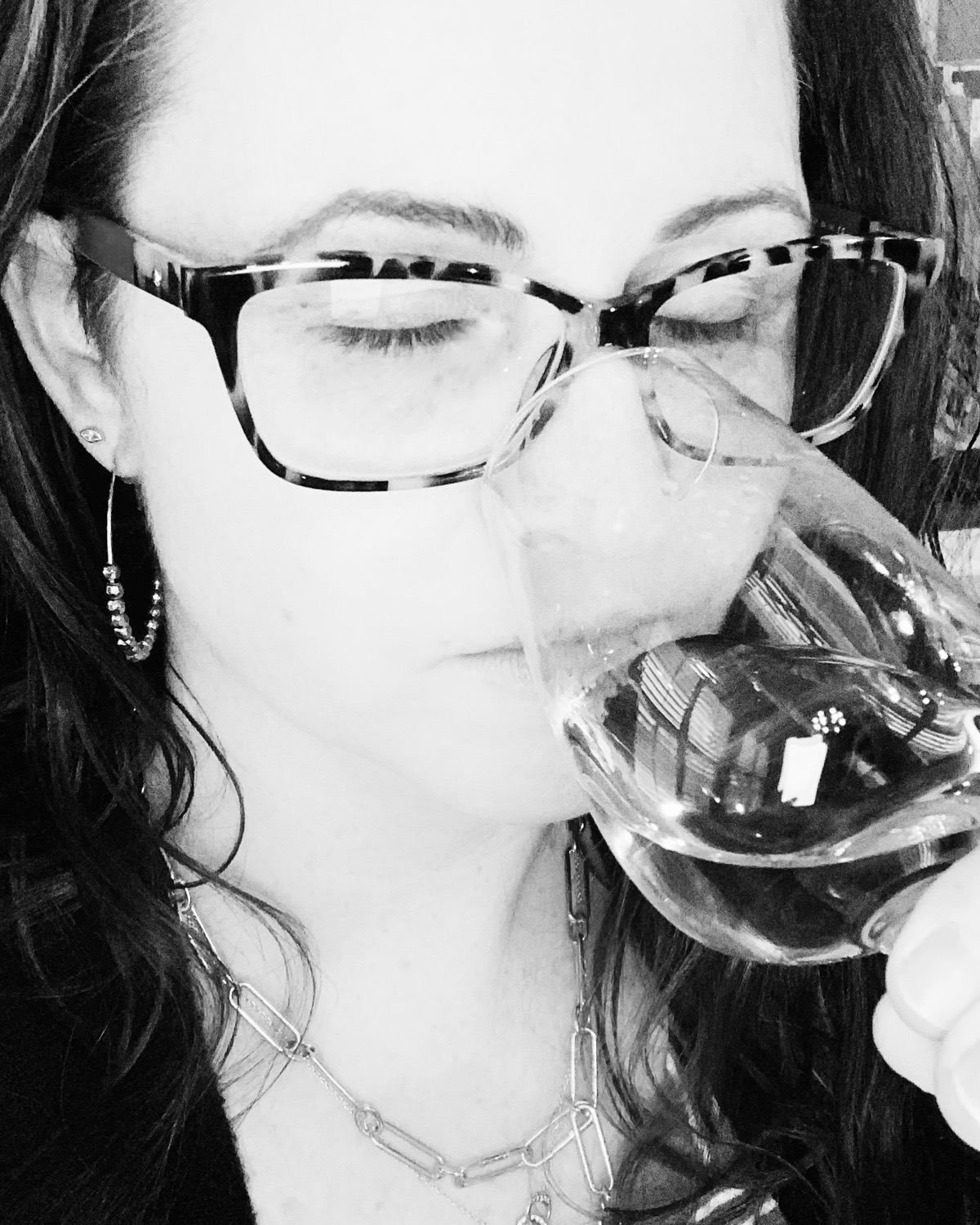Wine of the Week - Chianti
- Darbi Invergo

- Sep 2, 2022
- 4 min read
Updated: Nov 15, 2022

What comes to mind when someone says Chianti? I know at least half of the people that read this immediately think of fava beans... (a few of the rest might be too young to understand the reference) while many others think of the classic wine bottle in the straw basket. I am sure that there are also a good number of people that have tasted Chianti before and enjoy this red wine from Italy, but is that where the knowledge ends?
What is Chianti? Is it a grape? A place? A person? A rooster?
Chianti is a place, but it is a little more complex than that. In most of Europe's quality wine regions, wine is named for the place in which the grapes are grown and turned into wine because the specific characteristics of the growing region including the weather, landscape, soils, etc. (terroir). These factors have a huge influence on the flavors and complexities the grapes are capable of expressing when vinified. These places are called appellations and Chianti is one of those, or 2 of those actually.
So, there is a town of Chianti that is just north of the growing region (see map #1) that is not really relevant. There are also two appellations: Chianti and Chianti Classico which are separate and mutually exclusive wine regions in Tuscany. The Classico region was the original wine growing area and then Chianti is the expansion that has been added over time. All Chianti Classico bottles have a black rooster on the label and I will share the story with you because it is interesting to say the least.

"The Legend of Chianti's Black Rooster (Gallo Nero). The black rooster was the historic symbol of the League of Chianti and has become the symbol of the wines of Chianti Classico. The symbol is linked to a medieval legend that takes place during the time of open hostilities between Firenze (Florence) and Siena for control of the Chianti territory.
In order to end the dispute and finally define the political boundaries between the two cities for once and for all, it was decided that two knights would depart from their respective cities at sunrise and fix the boundary between the two city-states at the point where they met. The rooster’s crow at dawn was the signal for the knights to start riding. The Sieneses opted for a white rooster; the Florentines chose a black rooster. The Florentines kept their rooster in a small, dark chicken-coop and did not feed it for days. On the day of the ride, once the black rooster was freed, it began to crow well ahead of dawn, allowing for the Florentine knight to depart well in advance of the Sienese knight. Thanks to his considerable head start, the Florentine knight met his opponent in Fonterutoli, only 12 km from the point of departure of the Sienese knight. This allowed Firenze to control nearly the entirety of the Chianti territory."

Some would contend that Chianti Classico is the higher quality wine, but that is not necessarily true although it does have stricter production standards in general when compared to Chianti. First of all, they are both typically blends, but since 1996 may also be 100% Sangiovese which is catching on in Chianti Classico.
Chianti Classico must contain a minimum of 80% Sangiovese with a maximum of 20% of other native Italian red grapes such as Colorino, Canaiolo Nero, but international varieties like Cabernet Sauvignon and Merlot may also be used. White grapes were banned in 2006. Chianti, however, only requires a minimum of 70% Sangiovese and allows a maximum of 10% white grapes. Other red grapes like Canaiolo Nero and Colorino, as well as Cabernet Sauvignon, Merlot and Syrah are also allowed in order to add fruit, tannin or softness to the final blend. Some other appellations, such as Brunello di Montalcino, do require that the wines be made exclusively from Sangiovese grapes.

Sangiovese is the most commonly planted red grape variety in Italy but is concentrated in the central portion of the country, primarily in Tuscany (53%), Emilia-Romagna (12%) as well as Puglia (17%) in the South. It is the most planted variety in four regions (Marche, Puglia, Tuscany, and Umbria) and a significant variety in nine others as well.
The grape tends to be light in color but vibrant. The aromas and flavors characteristic of Sangiovese depends on where it was grown. In warmer areas the wine shows sweet red cherry, plum, herbs while in cooler areas more sour red cherry, red berries, licorice, violet, and tea are prominent. With age underbrush, leather, and tobacco can readily be identified.
Back to Chianti, both appellations are the highest rank on the Italian wine pyramid which is more stringent than the wine classification pyramid of the EU. Chianti and Chianti Classico have their own classification ladder within the top tier of the Italian wine scale. Garrrh, I know!
National Chianti Day is the first Friday in September. So I hope you find a nice bottle of Chianti or Chianti Classico to pair with your dinner tonight. No it does not have to be liver and fava beans!!
Cheers!! Salute!!




























Comments